All You Wanted to Know about Brass Coupling Nuts
A brass coupling nut is a kind of threaded fastener, used for joining two male threads, especially in the case of threaded rods. It is a typical metal fastener, designed to fasten two pieces together by screwing the nut on threaded rod. The outer profile of the rivet is hexagonal in shape, so that a wrench can fit in.

Coupling nuts are made up of various materials, but the most common type of coupling nuts are made up of metal. Such kinds of nuts are used in heavy-duty operations because of the strength of the material and the variety of applications in which they are implemented. The other materials, in which they are available include stainless steel, carbon steel, brass or aluminum. Sometimes, they are also available in PVC or similar other materials.

In case of metal, this kind of nut works through the use of threads or grooves, depending upon the job’s requirement. In case of brass coupling nut, it features a continuous male groove, which runs along the inside of the nut. In addition to, another continuous male groove runs along the outside of the rivet, where it is meant to be secured. When these two male grooves meet, they reticulate thereby developing a secure connection which can be tightened further either manually or with a tool. This kind of technique using grooves is known as threading.
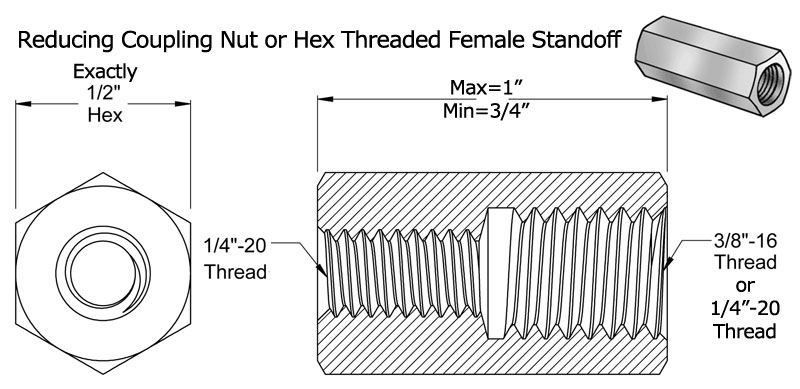
A standard coupling nut comes along-with different variations. The length of this rivet varies from 1 inch to 14 inches and are also sometimes available beyond this length. Variations are also seen in the finishing part as well. This kind of fastener is either available in galvanized and plain or dyed and coated patterns.
Apart from the length and the finish, the shape and designs of these rivets also greatly vary. While most of the nuts are available in hexagonal shape, others feature an opening in the center of the top and the bottom, so as to enable a tod to thread through the nut.
.jpg)
Various types of brass coupling nuts are available in the market. These include the following:
Cap nuts
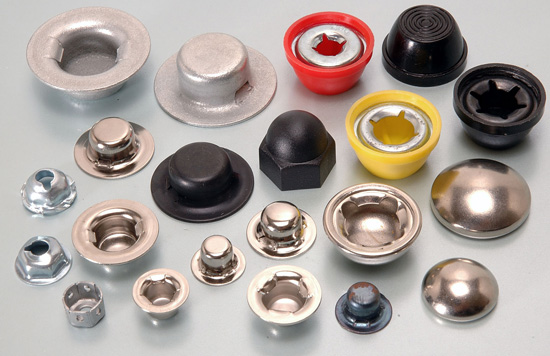
These nuts are used to cover the exposed bolt end parts, thereby giving a finished appearance. Moreover, they are enabled with sturdy nylon construction. Nylon material makes its light in weight, non-magnetic, non-toxic, non-flammable, non-corrosive, non-abrasive and non-conductive.
Acorn Nut
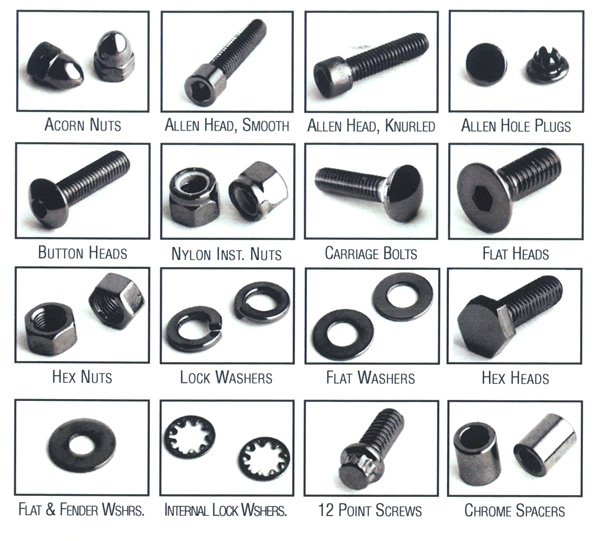
The acorn nut is a special kind of fastener which has got its name because of its shape. It is a rivet having a domed top. This top prevents the stud from getting in contact with the external thread. This kind of coupling nut is usually made of brass, steel, stainless steel (low carbon content) or nylon. It can also be chrome plated and render a mirror finish.
Hex Coupling Nuts
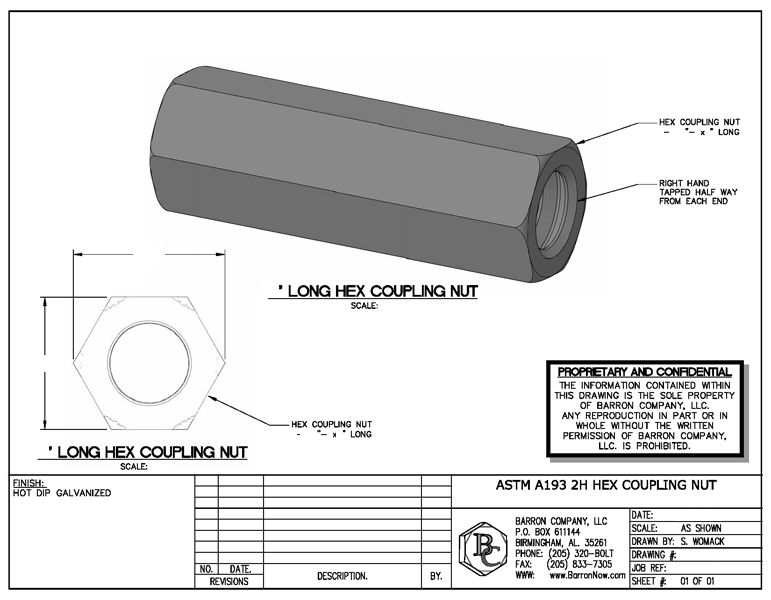
These rivets are used to fasten two separate pieces of threaded material. These kinds of heavy-duty nuts are usually threaded in clockwise direction. And for such kind of rivets, you’ll have to look for a right-hand coupler i.e. a sleeve nut.
Hex coupling nuts are easily identified by their elongated hexagonal shape. These are used to secure two separate threaded components at opposite ends. These rivets are manufactured to be highly enduring and able to suit the huge variety of applications they are commonly used for.
Did you know?
The Besson factory was the first company to develop these brass coupling nuts in 1568. In those days, these rivets were often used to decorate sleighs and carriages. In late 17th century, handmade wing nuts were developed in North America for the same purpose. Later, in 1818, Micah Rugg of Southington Township, Connecticut, created the first nut and bolt manufacturing machine in North America.
Clamp nut
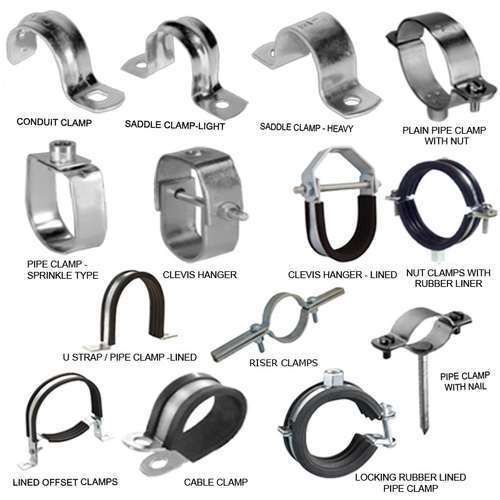
It is a mechanical fastener, designed to fasten two or more mating objects together. These rivets are widely used when a significant amount of force is applied to attach the items. These nuts are tightened by using a standard adjustable wrench/ratchet. You’ll need a torque wrench to secure the mechanical connection.
Sight Hole
.jpg)
There are some special types of coupling nuts, which feature something known as a sight hole. This hole is featured in the outside of the nut and travels all the way through the material. This kind of hole enables a visual inspection of the threads on the inner side, thereby allowing proper securing of threads.
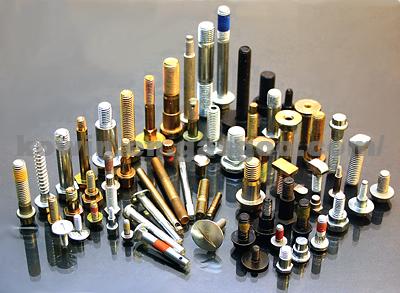
The brass coupling nuts are widely available online. You may get confused in choosing a particular store to fetch for your bearings. In order to avoid such fuss, you can visit here to get exactly what you’re looking for. With such a huge variety and availability of all sorts of hardware supplies, you may also fetch your other related requirements as well.
Leave a Reply